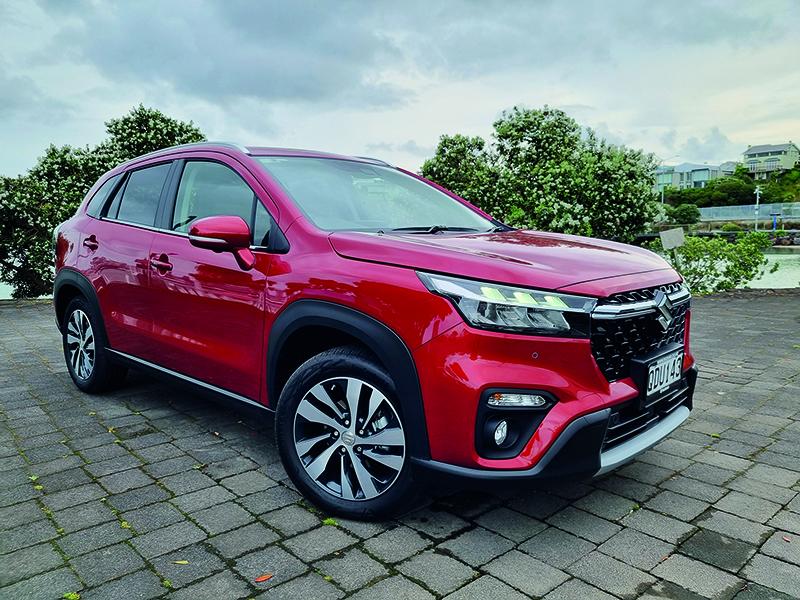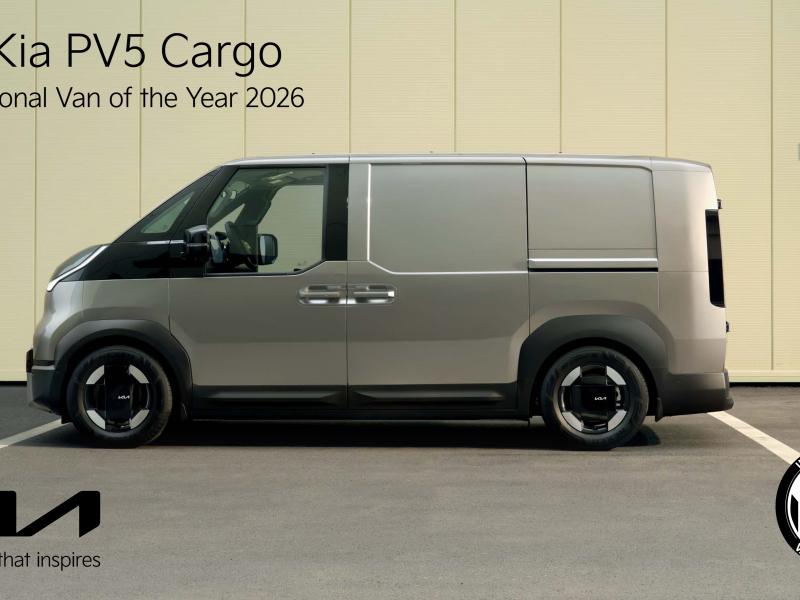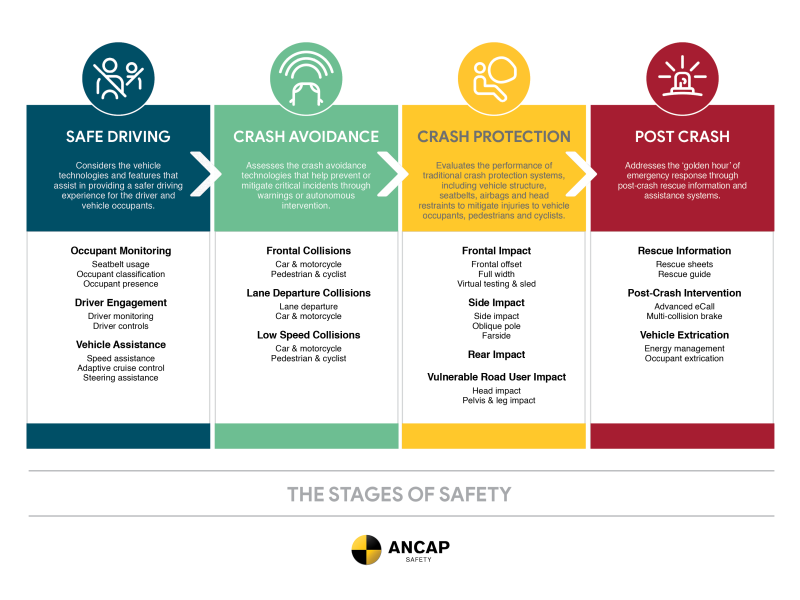Welcome to the new look Fleet Buyer’s Guide introduced for 2024, a year of dramatic change for the New Zealand automotive landscape.
This being the case, the ‘Royal We’ felt this year was a good time to change things up a bit and this was a fortuitous decision since previous comprehensive FBG designs could not accommodate the explosion of battery electric and plug-in hybrid vehicles, at least, not without seriously cutting into the rest of the magazine.
Indeed, it is the growth of these two segments which formed the basis of a defence against a reader who queried the validity of the Guide.
I’ll admit, the pricing – by the very nature of magazine production – is not going to be right up to the minute, but we are working on that – stay tuned, reader – but the Fleet Buyer’s Guide is still valuable as a resource for the fleet manager who may not be aware of everything available on the fleet market.
If new models are launched in the calendar year of the Guide, we are going to review them and incorporate them into the following year, which means that for… I would say about 90 percent of the vehicles in the Guide… the models are current.
And that leads me nicely to one of the Fleet Buyer’s Guide’s most significant changes this year and that is the astonishing number of electric vehicles now available for fleet buyer consideration.
Of course, you no longer have the Clean Car Discount to buffer the higher prices electrics still command, but from a company fleet perspective, the CCD was hardly a must-have.
In fact, with the CCD gone, the electric vehicle market will be turning to the corporate buyer to sustain itself, which makes it imperative that the corporate buyer – that would be you – knows just what is available.
At the beginning of last year, we started to see something of a sea-change in how fleets were operating and indeed were being managed.
There was an air of – independence – on the part of the fleet buyer, which largely came about due to Covid restrictions, shipping delays and other global effecting challenges.
Many fleets began to become self-governing, and this meant a steep learning curve for some.
And here in 2024, we are seeing a consolidation of the previously mentioned sea-change where those responsible for fleet management, procurement, acquisition of technology as it pertains to fleet operations and the re-establishment of professional partnerships are comfortable with calling the shots, to coin a phrase.
We have entered, or are entering, a new socio-professional paradigm in fleet management and here is the latest Fleet Buyer’s Guide as a valuable resource to navigate through it.







